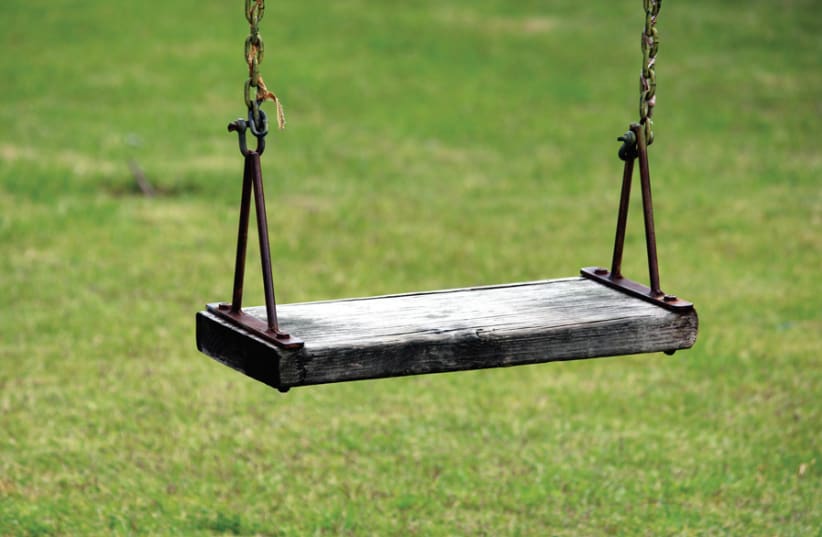During the years of my clinical practice, I have treated adults suffering from the consequences of child sexual abuse, or CSA.People with a CSA history do not necessarily come to therapy looking for help for a CSA problem. Years of repression, disassociation (described in part I), and other psychological defenses and symptoms serve to protect these individuals from re-experiencing terrible memories. Nevertheless, psychological repression only works so far. It is more the rule than the exception that the emotional fallout of CSA comes back to haunt and/or hurt this person. Perhaps the individual suffers from an addiction problem, an eating disorder, a phobia or depression. Sometimes, the emotional fallout of CSA may cause relationship problems at work, with friends, with a spouse and/or with his or her family. Too often, the individual is unaware of how a history of CSA has compromised his or her happiness and psychological functioning.
The primary objective of counseling adult survivors of CSA is to facilitate trauma resolution and foster healing and growth. In the October 1985 issue of American Journal of Orthopsychiatry, David Finkelhor and Angela Brown identify four core trauma outcomes that result from CSA: traumatic sexualization, betrayal, powerlessness, and stigmatization. The authors note that successful treatment needs to identify and help the adult victim work through, and help to resolve the negative impact of the dreadful experience.
Let me briefly try to explain what these terms mean. Traumatic sexualization is the emotional outcome of a child who is used as a sexual object at a time in his or her life that should be a period of protected security and innocence. At some point in treatment, adult CSA individuals convey that these early traumatic experiences have had a profound negative effect on their perception of sexual intimacy.
Betrayal is what children who are sexually abused feel. Their protectors have let them down. This betrayal leads to a loss of trust in people that has a far-reaching impact on their willingness to engage in intimate relationships and succeed.
Powerlessness is the emotional state that one feels when forced to do something that is against their emotional will. In fact, this powerlessness may result in some CSA victims’ psychological identification with the aggressor – the person who perpetuated the sexual abuse against them – and they in turn act abusively to someone else. Thus, they may repeat some of the psychological trauma they went through. This powerful emotional defense against powerlessness is counter-productive and interferes with the individual’s attempts to be in a healthy intimate relationship.
Last, stigmatization is the feeling of being perceived, real or imagined, as damaged goods, bad and guilty.
FOR A therapist to be effective, good rapport with the client is essential in getting the individual to open up and talk about their victimization. The client has to learn to trust the therapist, and this trust becomes the first step toward the healing process. However, trusting people is not an easy task for a CSA individual who subconsciously fears that talking about their experiences will trigger terrible memories and a feeling of re-victimization. Nevertheless, major progress in the treatment process begins when the client starts to tell his or her painful story.
It is critical that the therapist demonstrate the utmost empathy and attunement. Most CSA clients benefit enormously by telling their story, often telling it for the first time in their life. Telling the story may take many sessions as the individual reveals and describes what ultimately can trigger flashbacks and considerable pain. Many of my CSA clients have told me that they never cried about what happened to them as children. Nevertheless, the release of pain and tears is a central part of the healing process.
There is so much self-blame among adult survivors of CSA. I utilize cognitive therapy techniques to help these individuals get a realistic understanding that they are not to blame or the guilty party. Instead, they were used as sexual objects and are the victims. Both expressing anger and shedding tears is encouraged. The literature clearly states that part of the clinical work with trauma victims is experiencing and releasing many of the feelings associated with the trauma that typically have remained unexpressed and repressed. It is important to help the CSA individual to explore the total range of his or her feelings toward the abuser(s), and in some instances, the non-protective parents, siblings or caretakers.
There are enormous challenges that a CSA victim needs to face in his or her therapeutic journey in order to recover from child sexual abuse. However, there is tremendous hope for these individuals when they face and work through their painful experiences in the safety of a solid therapeutic environment. In Part III, I will write about prevention strategies.
The writer is a marital, child and adult cognitive-behavioral psychotherapist with offices in Jerusalem and Ra’anana.
Facebook.com/drmikegropper, drmikegropper@gmail.com
